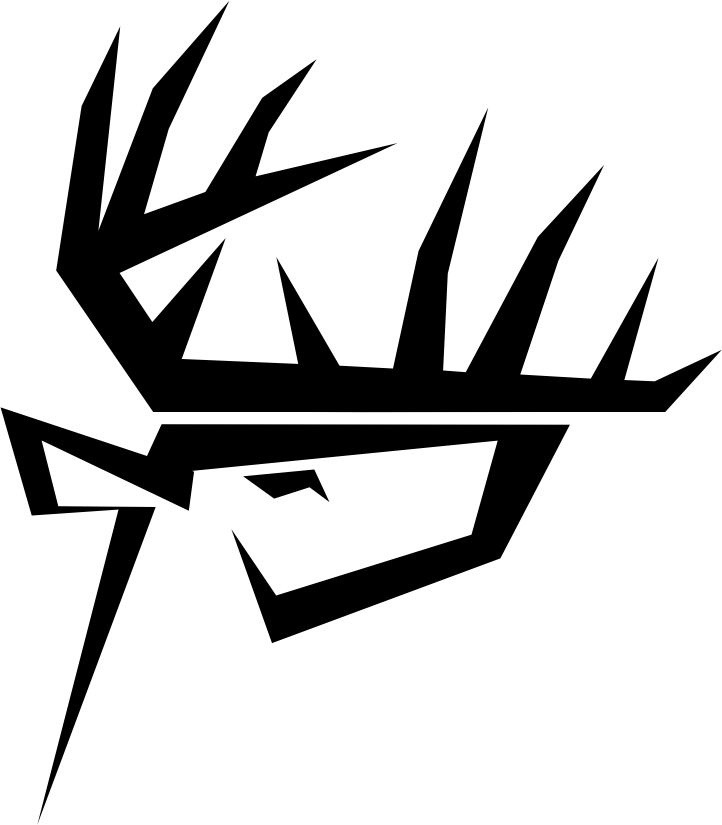VELVET SCOUTING 101
August 31st, 2023
By: Alex Comstock (@whitetail_dna)
If you have the opportunity to chase whitetails in the early parts of September, you may be able to capitalize on their late summer/early season patterns. Early season hunting can be great for many reasons, with one of the major ones being that it gives you the chance to velvet scout and put that information to use. What is velvet scouting exactly? Well to me it means “long distance scouting” or commonly referred to as “glassing.” Long distance scouting can be very effective, as it gives you more information than just a trail camera image. You can learn much more about a buck’s movement and tendencies, but in order to pull it off right, there’s some things you may want to keep in mind.
Gear
If you want to velvet scout effectively, you need some of the right gear. The main one is high powered binoculars or a spotting scope. Utilizing a spotting scope allows you to sit back from a road or vantage point, way back from where the deer will actually be. For example, yesterday evening, I was sitting on a minimum maintenance road, at the top of a hill, looking over a beanfield. I was roughly seven hundred yards from the tree line, so anything that came out into the field I could see with my spotting scope, but they had no clue I was watching them. This part is important because you don’t want to encroach on the deer too close and have them bust you and get spooked before you even start hunting. You want to be far back enough that you won’t screw up the deer, but close enough that you can still see what is going on.
A couple other pieces of gear that will make your velvet scouting more enjoyable will be either a tripod and/or a window mount for your spotter. In order to watch deer easily and steady, connecting your spotting scope to a tripod or window mount will help immensely.
Where and When To Glass
When glassing velvet bucks, the best areas to do it are open food sources where you can observe from a safe distance. Common spots can be bean fields, food plots, clear cuts, etc. Essentially any open area that you can watch from aways back. When I’m glassing velvet bucks, I prefer to do it on food sources in the evening where I can see as much of that field or food source as possible. I like velvet scouting in the evening particularly because it allows you to get to your spot to watch ahead of time, get setup and let the action play out in front of you.
When it comes to exactly when to glass as it pertains to the calendar, I like to do it as close to the season as possible in order to learn the most recent information I can. For example, I hunt North Dakota the first week of season and often will roll out a handful of days early so I can spend time glassing areas and watching bucks leading up to the first day of season.
What To Do with the Information Learned
With velvet scouting, something to be keeping in mind is as soon as bucks shed their velvet, there’s no telling how long it will take for them to start moving into more of their fall pattern. Every buck is different, so when it comes to watching velvet bucks from a distance, I want to strike as soon as possible based on the observed information.
Pay particular attention to a few things. Let’s say you’re glassing a bean field and you can hunt. both the timber and the field. If you see a buck that you want to target enter the field, pay special attention to exactly where he entered the field. What was the wind direction? Which direction did he come from and where is he headed to? Pay attention to his body language. If you can get eyes on a buck that’s great. What’s even better is if you watch a buck do the same thing two different evenings. Or, let’s say you scout the same field the next night, but he enters in a completely different area. Don’t just think he doesn’t do the same thing. Compare wind directions. Maybe you’ll start to learn he likes to come out in one spot with a north wind and a different spot with a south wind. Either way, don’t take the information for face value. Learn from it and it could help you kill an early season buck.
Conclusion
Velvet scouting is one of my favorite late August scouting tools when it comes to learning and trying to kill mature bucks. If it’s something you’ve never tried, I’d recommend getting out here in the next week and giving it a try!






